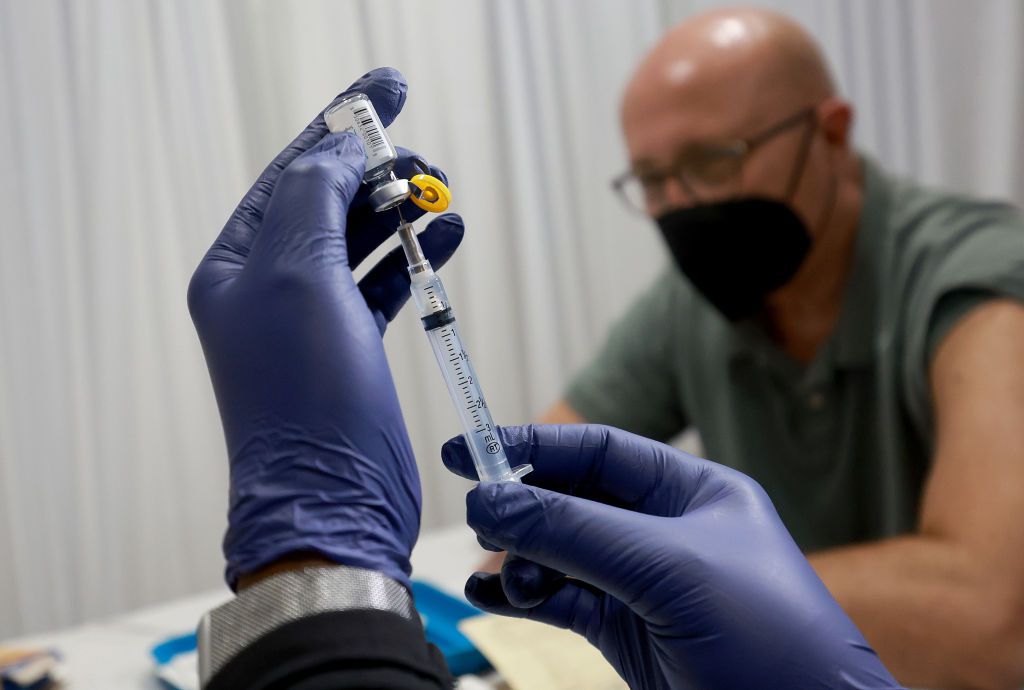Can You Recognize Monkeypox? A Guide to Mpox Images.

With the emergence of monkeypox, or Mpox, in the United States, many are concerned about any lumps or bumps on their skin. To alleviate some uncertainty, health agencies like the CDC have shared pictures of the disease's lesions at any phase to reduce confusion about the illness.
Mpox virus is an orthopoxvirus type. While Mpox is related to smallpox caused by the variola virus, it is less severe and seldom fatal. Chickenpox, caused by the varicella-zoster virus, is unrelated to both Mpox and smallpox.
Diseases caused by poxviruses generally result in the formation of lesions, skin nodules, or rashes on the skin.
Mpox lesions can evolve or transform during a person's infection. A person will develop sores that go through five distinct stages.
The first stage of an Mpox lesion is often discolored parts of the skin that are level, known as macules. Before this stage, an enanthem, or rash on the mucous membrane of the mouth, can develop. Macules can persist for up to two days.
Then, the macules begin to rise and turn into papules, which can last for up to two days.
Once transformed into papules, the lesions fill with clear fluid. This indicates the vesicular stage of the Mpox wounds, which appear blister-like. Lesions can remain in the vesicular stage for up to two days.
Once the clear fluid inside the vesicles turns opaque, the lesions enter the pustular phase. Pustules are typically round and firm to the touch. At some point, those pustules will undergo umbilication, where their dome shape will become depressed in the middle. This stage can persist for five to seven days before the lesions begin to crust over.
The lesions will eventually scab over and can persist for about a week or up to 14 days before fully disappearing, with some pitting or skin discoloration remaining.
When the scab finally falls off, the person is no longer contagious.
The lesions tend to appear and go through stages together, forming on any part of the body, such as the:
Identifying Mpox can be difficult due to how the sores look throughout the infection. Other conditions or infections with similar presentations include:
Clinical evaluation and polymerase chain reaction (PCR) testing can aid healthcare providers in confirming Mpox.
While lesions may be the hallmark sign of Mpox, other symptoms accompany the disease, such as:
These flu-like symptoms may appear before or after the rash, or they may not occur at all.
If you think you have been exposed to Mpox or developed symptoms of the illness, consult a healthcare provider. Seek medical attention if you have unexplained rashes or if you have been diagnosed with Mpox and:
Mpox is an infection with lesions that progress from flat, discolored spots to lesions with scabs. They can appear on areas of the body such as the chest, hands, and feet. It may be challenging to distinguish Mpox from other diseases with similar symptoms. Seeking medical care from a healthcare provider can help diagnose Mpox and treat any symptoms.




